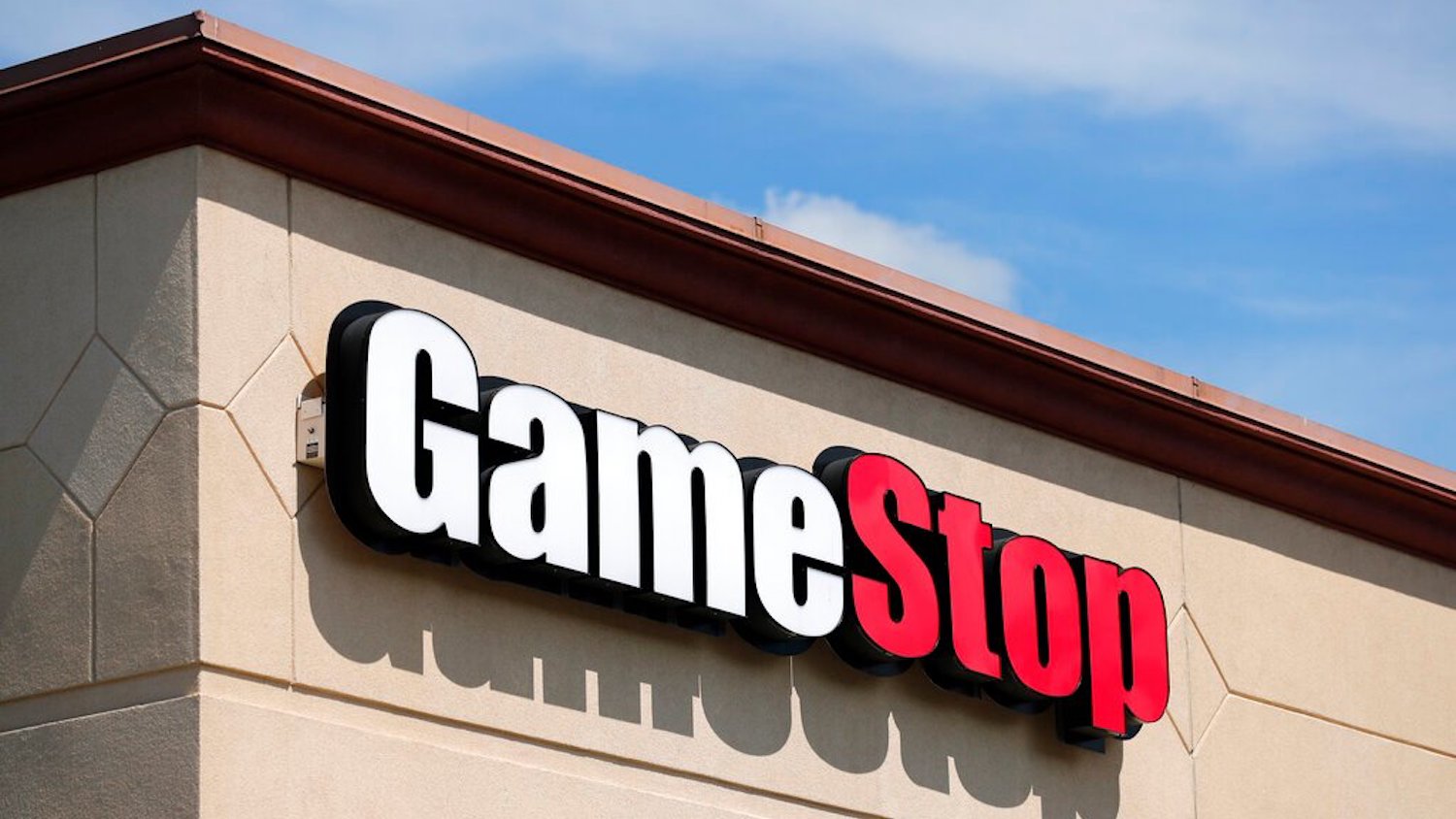Richard Warr Weighs in on Recent Rise in GameStop Stock

By Richard Warr
Gamestop, the video game retailer has been all over the news recently because of some very unusual stock trading activity that has pushed the price of the stock to incredible highs. So what’s going on and why is it happening?
When investors buy stocks, they usually do so with the expectation that the stock will increase in price at some point in the future. Traditionally, this is because they hope that the firm will post increased profits, as those profits ultimately accrue to the owners of the stock.
But Gamestop, a struggling retailer, hurt by the pandemic and online competitors, doesn’t fit the normal profile of a stock that everyone is rushing out to buy as a “good” investment.
Instead, Gamestop’s stock price increase is being driven in large part by something called a “short squeeze”. To understand how a short squeeze can drive up stock prices, we need to understand some of the more esoteric parts of investment finance. It all comes down to options and hedge funds.
Options are financial instruments, or “derivatives” that allow investors to bet on the price of a stock increasing (or decreasing). They provide the investor the “option” to buy the stock at a future date for a price decided today. If the stock increases above this price, they make money on the difference between the actual price and the option price. Of course, the option costs money and if your stock doesn’t increase in value, your option can expire worthless.
Options are great for managing risks and for taking bets on stocks, but they require two parties for them to work. One party – the investor – buys the option while the other party – usually called a market-maker, sells the option (the technical term is “writes the option”). This is one place where a short squeeze can come into play.
Imagine that you’re a market maker and that you’ve sold an option to an investor. You’ve received some money (the price of the option) for doing this. But now, the stock price is increasing and you are very worried about what happens if the investor exercises her option to buy.
You’ll be required to sell the stock to the investor at a price far below the market price. You could lose a huge amount of money. Fortunately, there’s a way to protect yourself – when you sell the option you simply buy the stock. That way, if and when you need to sell the stock to the option investor, you’ll already own it.
This all sounds pretty straightforward, but here’s where it gets tricky. It turns out that in order for the market maker to protect himself from the risk of the option being exercised, he only needs to buy a fraction of the stock. In the option lingo, this is called the delta (from the Greek letter). So most market makers go out and buy just a “delta” amount of stock to cover the options that they’ve written. So far so good.
But what happens when the stock price increases? Well, it turns out that the delta of the option will increase as well, meaning that the market maker needs to buy a little more of the stock to continue to cover his option position. The amount by which delta changes as the stock price changes is called “gamma” – another Greek letter.
In the case of Gamestop, individual investors (initially mostly on Reddit and using the RobinHood investing app) teamed up as they realized that by buying Gamestop and Gamestop options they could push the price up. As the price rose, the market makers had to adjust their holdings of the stock because of changes in the delta.
Market Makers had to buy more stock – further pushing up the price. What you end up with is a feedback loop that keeps causing the stock price to go up. This is known as a “gamma squeeze” and is a type of short squeeze.
But there are other factors that are driving the increase in Gamestop. Hedge funds, sensing that Gamestop was overvalued, tried to short sell the stock. Short selling is when an investor borrows some shares of the stock and sells them. The short seller hopes to buy them back at a later date when the price is much lower and then return them to the institution that it borrowed them from, making a tidy profit from the round trip transaction.
But when a stock like Gamestop shoots up in value, the short-selling hedge fund stands to lose a huge amount of money if they have to buy the stock back at a much higher price. Because the hedge fund is paying dearly to borrow the stock, it may be reluctant to hold its short positions for the long term and instead it tries to close out its position to cut its loss. But it closes out its position by buying the stock! This buying creates more upwards pressure on the stock price and causes a short squeeze. The feedback loop accelerates.
How does this perfect short squeeze storm come about? Well, it really will only work on smaller companies where the number of shares being traded is relatively small compared to the number of shares issued. It also is more likely when there is already a substantial amount of short selling in the stock.
We’re seeing similar patterns in Blackberry and AMC theaters to mention a few. Finally, it requires enough individual investors to gang up together to buy the stock and options in a very short period of time. Such coordination is very difficult to sustain which is why in the longer term, the market will correct itself, and Gamestop’s price will fall to much lower levels.
But for now, a battle between individual investors, market makers and hedge funds is unfolding in front of us. Sit back and enjoy the show.
- Categories:
- Series:


